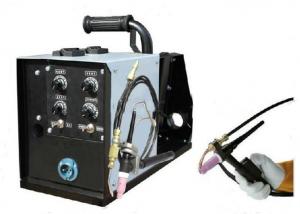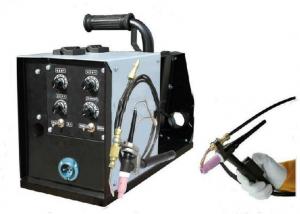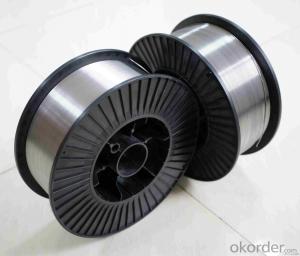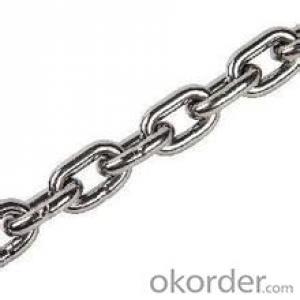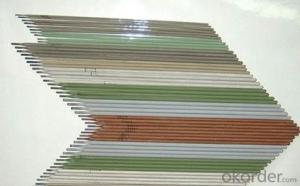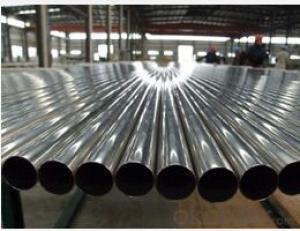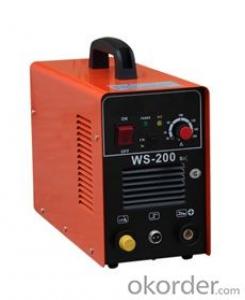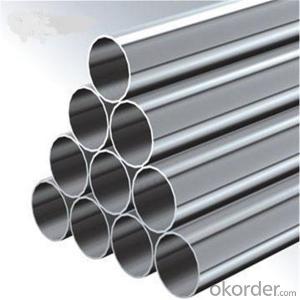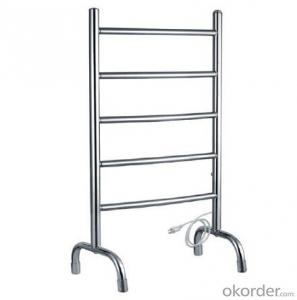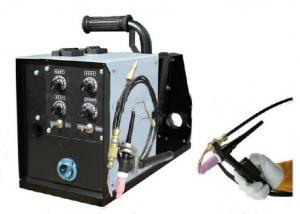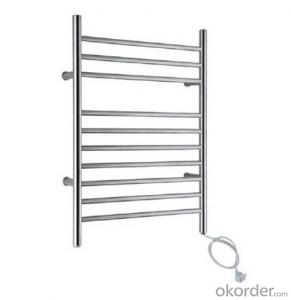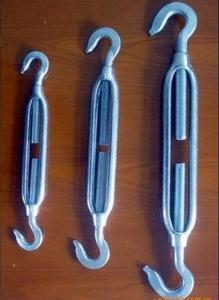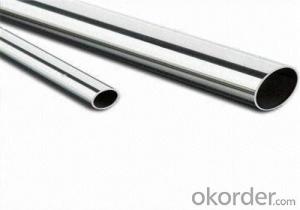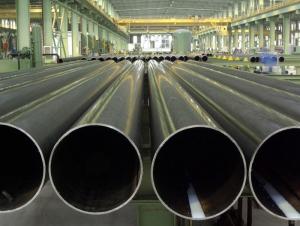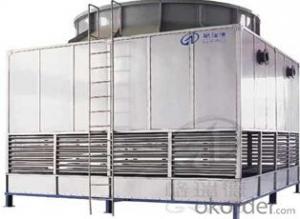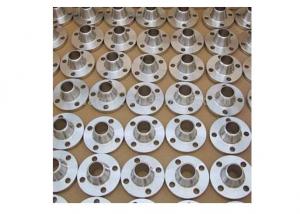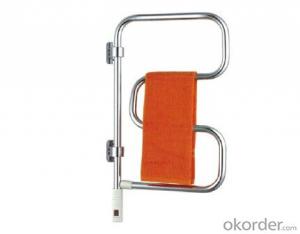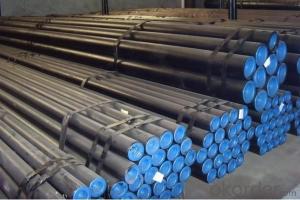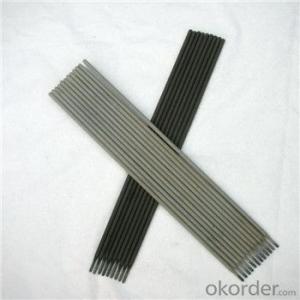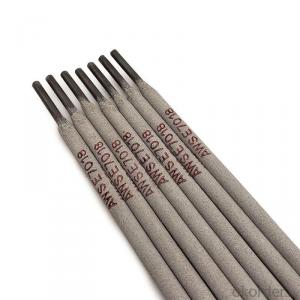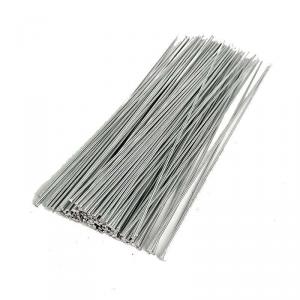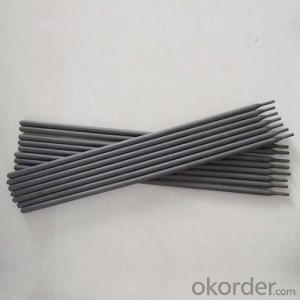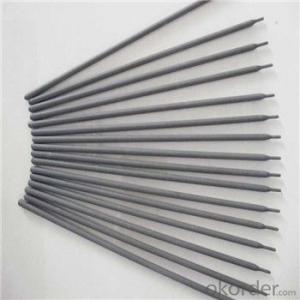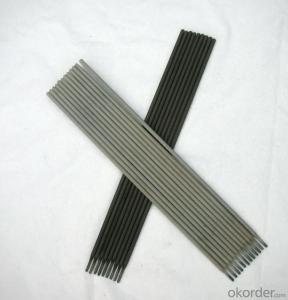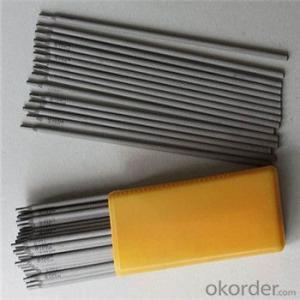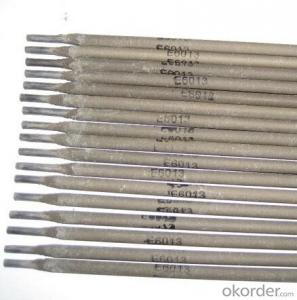Tig Weld Stainless Steel
Tig Weld Stainless Steel Related Searches
Tig Stainless Steel Stainless Steel Tig Rod Mig Weld Stainless Steel Weld Stainless Steel Stainless Steel Weld Stainless Steel Welder Jb Weld Stainless Steel T Fal Stainless Steel Welded Stainless Steel Titanium Stainless Steel Stainless Steel Tie Wire Stainless Steel Mig Wire Kitchen Aid Stainless Steel Stainless Steel Tiffin Stainless Steel Welders Welder For Stainless Steel Stainless Steel Welds Stainless Steel Tig Settings Stainless Steel Stainless Thermos Stainless Steel Stainless Steel Wall Drill Stainless Steel Stainless Steel Tupperware Toaster Stainless Steel Stainless Steel Keg Thin Sheet Stainless Steel White Stainless Steel Stainless Steel Jug Lg Refrigerator Stainless Steel Tervis Stainless SteelTig Weld Stainless Steel Supplier & Manufacturer from China
Tig Weld Stainless Steel is a collection of high-quality welding products specifically designed for joining stainless steel materials. These products are engineered to provide exceptional performance, durability, and reliability, making them ideal for various industrial applications. The Tig Weld Stainless Steel products are widely used in industries such as construction, automotive, aerospace, and food processing, where the joining of stainless steel components is a common requirement. These products offer a seamless and strong bond, ensuring the longevity and integrity of the welded structures.The Tig Weld Stainless Steel products are known for their versatility and are suitable for a wide range of applications, from small-scale repairs to large-scale manufacturing processes. They are particularly useful in scenarios where corrosion resistance and high-temperature performance are critical, such as in chemical plants or marine environments. The precision and control offered by Tig Weld Stainless Steel make it a preferred choice for intricate and complex welding tasks, where the quality of the weld is paramount.
Okorder.com stands out as a reputable wholesale supplier of Tig Weld Stainless Steel products, boasting a vast inventory that caters to the diverse needs of various industries. With a commitment to quality and customer satisfaction, Okorder.com ensures that their Tig Weld Stainless Steel products meet the highest standards of performance and reliability. Their extensive inventory allows customers to find the exact products they need, whether it's for a specific project or to replenish their stock for ongoing operations. By partnering with Okorder.com, businesses can access a comprehensive range of Tig Weld Stainless Steel products, ensuring that they are always equipped to handle their welding requirements efficiently and effectively.
Hot Products




